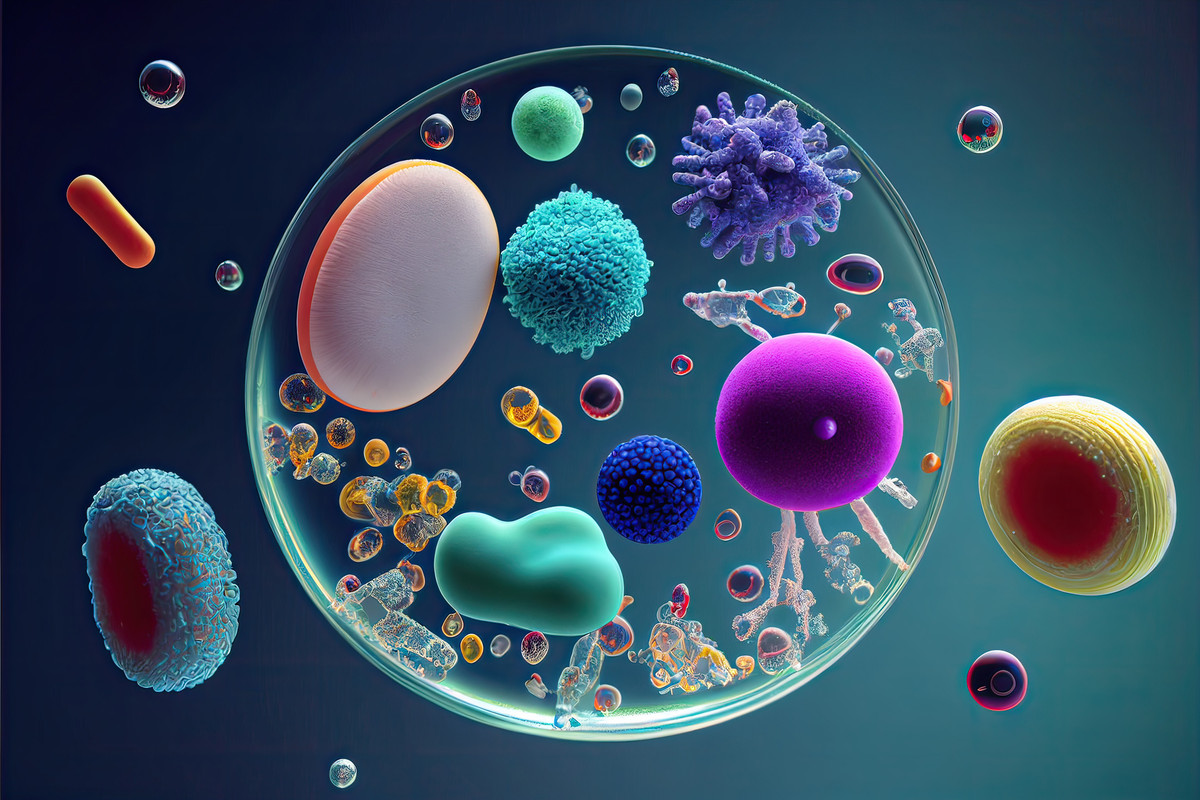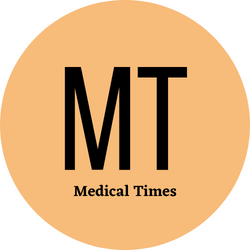Diseases and Treatments
by siteadmin

A disease is a harmful deviation from the normal structural or functional state of an organism. It is usually associated with certain signs and symptoms, but a sharp demarcation between disease and health is not always apparent.
A definite pathological process with a characteristic set of signs and symptoms may affect the whole body or any of its parts. Its etiology, pathology, and prognosis may be known or unknown.
Causes
A disease is a condition that affects the body's normal functions and is often associated with specific symptoms. It can be caused by a variety of factors, including pathogens (microorganisms) or internal dysfunctions.
Bacteria, viruses, and fungi are the main types of pathogenic microorganisms that cause infectious diseases in humans. Some of these microorganisms are beneficial—for instance, gut bacteria help us digest food—while others cause serious infections.
Infections are caused when a microorganism enters the body, usually through the skin or mucous membranes. They are then able to take up residence and invade the host's cells, causing infection.
Most of these diseases can be prevented or treated with medications and vaccines. Some are not so easy to prevent, such as sexually transmitted diseases or some bacterial diseases. In these cases, avoiding certain habits and taking steps to reduce one's risk of exposure can improve one's health.
Symptoms
Diseases usually occur when there is an imbalance in the body's normal homeostatic processes. This can be caused by an external injury or by an internal malfunction, for example, an autoimmune disorder.
The symptoms of diseases vary and can include fever, vomiting, diarrhea, pain, or stiffness in the joints or muscles. They may also affect a person's mood or ability to think clearly.
Viruses and bacteria are the most common causes of infectious diseases. Symptoms can be mild or severe and last for weeks or months.
Symptoms of infectious diseases can spread to people around you, so it's important to take steps to prevent them. This includes washing your hands regularly, getting vaccinated, and following local guidelines.
Treatment
Treatments for diseases include medications, surgery, and other forms of medical care. Some are available at pharmacies; others require a doctor's prescription.
Medications can treat many different types of illnesses, including bacterial, viral, and fungal infections. They can be taken orally (in pills, capsules, or liquid), via injection, intravenous line, creams, or drops.
There are also medicines that can help prevent diseases, such as vaccines. These can save lives and prevent suffering and death from common infectious diseases such as polio, measles, hepatitis B, and hepatitis C.
Treatments for diseases can also include therapy, which may involve psychotherapy or "talk therapy." This can be used to help people deal with emotional issues, such as unresolved grief and conflicts with other people.
Prevention
Diseases are illnesses caused by microorganisms (bacteria, viruses, parasites, and fungi). They can be spread by other people, animals, contaminated surfaces, or insects. Treatments for infectious diseases depend on the cause and may include medication, antibiotics, or surgery.
Prevention is the process of preventing a disease or injury from happening or getting worse. This can include reducing risk factors and increasing protective factors.
A key preventive healthcare measure is immunization. Immunization can prevent diseases like measles, diphtheria, hepatitis B, and polio from spreading or getting worse.
Another type of prevention is secondary prevention, which focuses on stopping diseases that have already developed from progressing or causing complications. This can include screenings, good-quality healthcare, and rehabilitation strategies.
Finally, tertiary prevention involves changing our social environments and improving health outcomes in the lives of those who have been impacted by a disease or injury. The goal is to help people live healthy, fulfilling lives.
A disease is a harmful deviation from the normal structural or functional state of an organism. It is usually associated with certain signs and symptoms, but a sharp demarcation between disease and health is not always apparent. A definite pathological process with a characteristic set of signs and symptoms may affect the whole body or…
